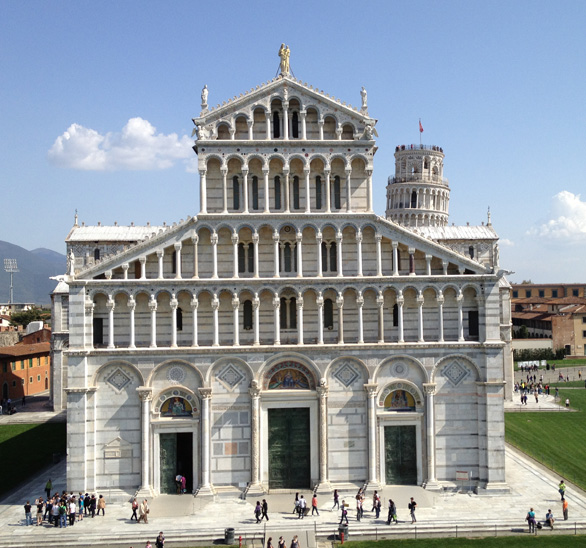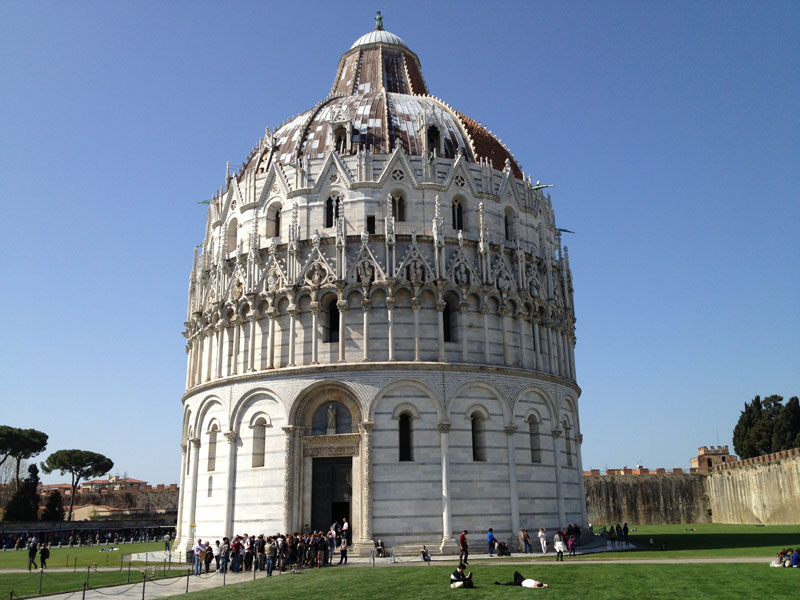First time visitors to Florence Italy will wonder where to start. For travelers, they will find that Florence is divided into 5 main districts and that most of the areas attractions are located in these Districts of Florence Italy.
Developed in 1812, the Florence district of Campo di Marte served as the training site for the Tuscan army after Napoleon invaded the country. Now known as “Quartiere 2,” the area boasts many historical buildings originating from the turn of the century. Nestled amongst the array of historical structures, modern buildings emerged beginning in the 1950s. Today, the area is known as the city’s sports center. The Artemio Franchi Stadium stands here and serves as home to the Fiorentina soccer team. The region additionally features numerous public sports facilities and swimming pools.
Commonly referred to as Centro Storico, the design of the Centre district closely follows the road system constructed centuries ago by the Romans. The many attractions in this part of the city include the array of Renaissance palaces that line the medieval streets. Centre is also the region of Florence where visitors have the chance to see the artwork of the masters. The Galleria dell’Accademia features many paintings but the most famous attraction here remains Michelangelo’s statue of David.
Gavinana lies on the left bank of the Arno River and borders the city of Bagno a Ripoli. The historic location dates back to the 10th century and stands between the heart of the city and the famous Chianti wine country. The area also harbors treasured Renaissance works of art. The Church of Santa Maria dates back to the 14th century and features an altarpiece designed and crafted by Giotto. Students regularly attend the significant Longhi Foundation, which offers instruction in art history.
The Santa Maria Novella district lies between the banks of the Arno River and the railway station. The location features some of the finest architecture in the city that includes elegant piazzas. Explore the many medieval streets; visit the Croce al Trebbio, a shrine constructed by a group of Dominican friars. Indulge in window-shopping on the Via Tomabuoni.
Santo Spirito Oltramo, commonly called Santo Spirito, spans from San Frediano to San Niccol. The Piazza Santo Spirito lies in the heart of the district, which harbors local history and artisan workshops. Here, guests also find traditional markets in the squares. Visit any of the many beautiful churches and museums. The various facilities offer a glimpse into costumes, modern art and even silverware over the centuries. Take a leisurely stroll through the Boboli Gardens while admiring the fountains, statues and colorful landscape that span over 53 square yards.















